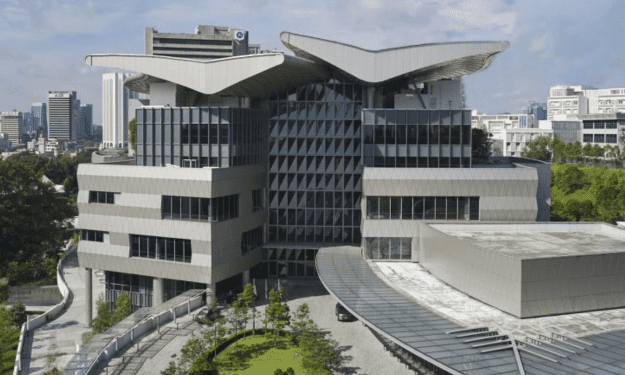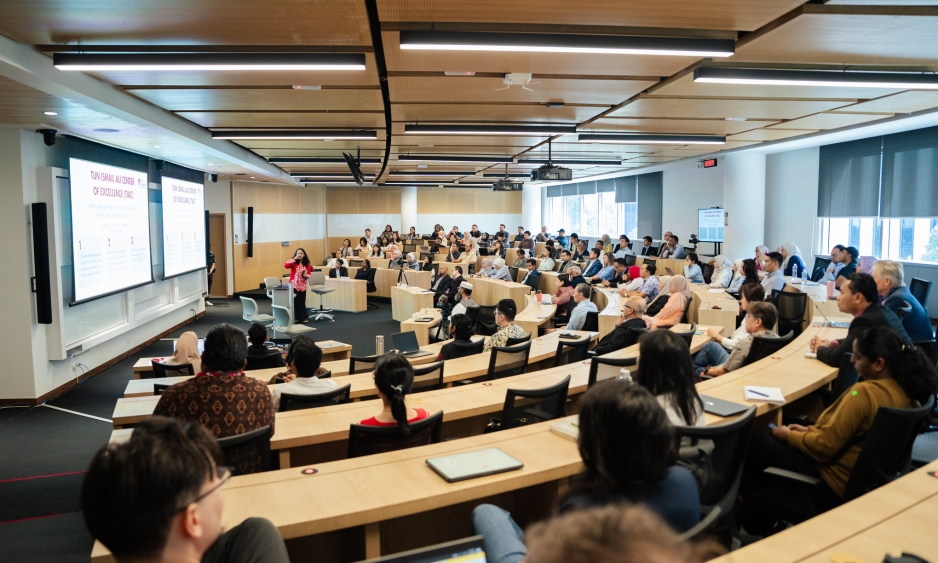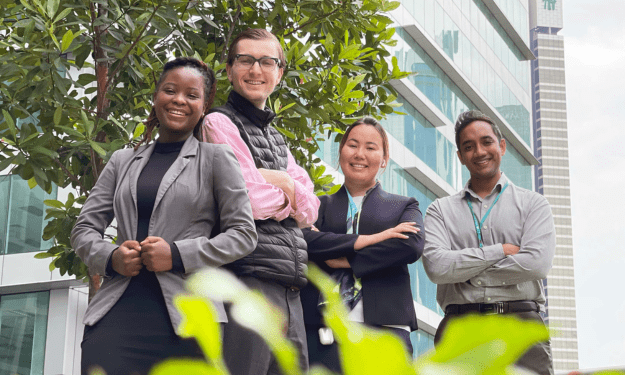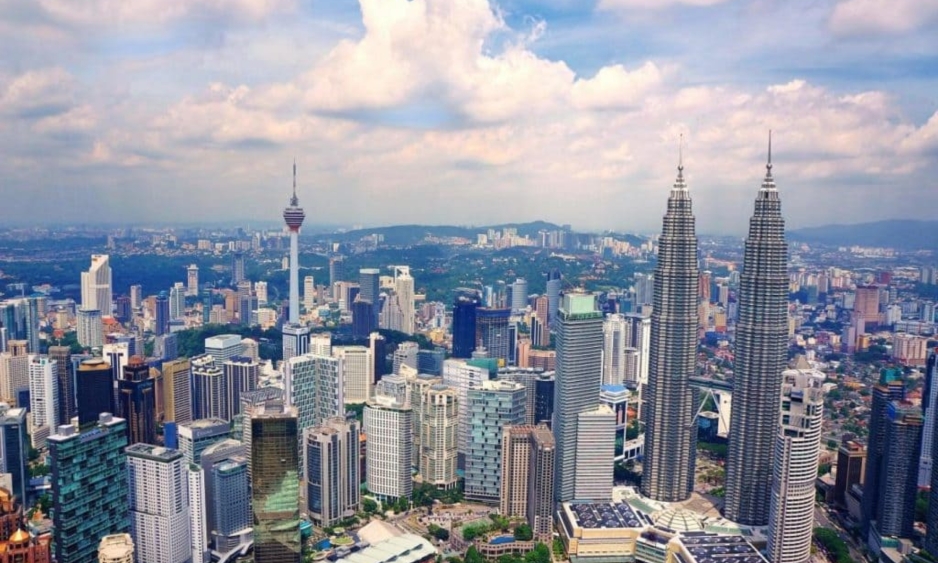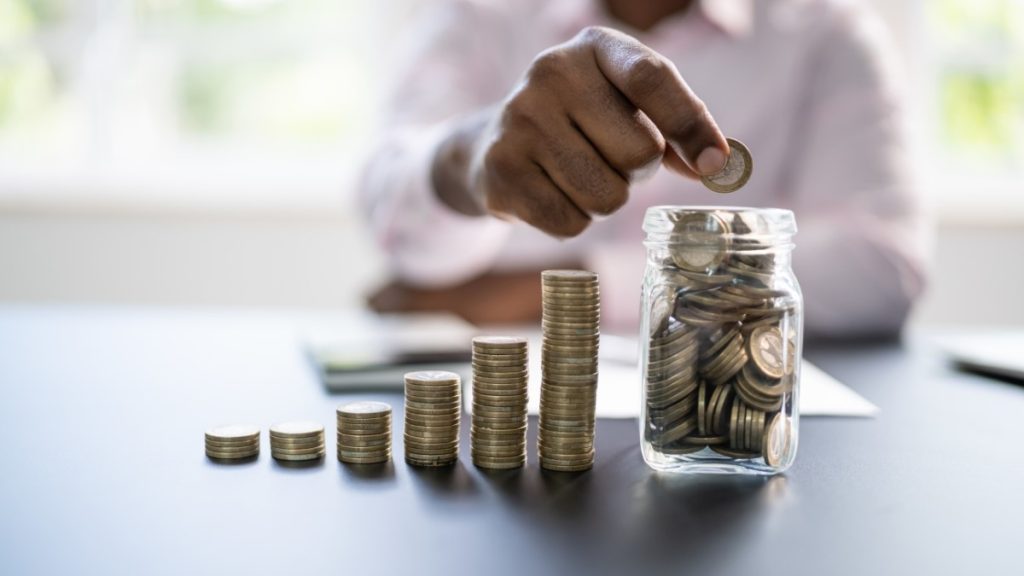With the Philippines’ Social Security System (SSS) receiving a poor rating from a global pension index last year, a finance expert suggested that consolidating all state and private retirement schemes into a unified pension system would be an ideal and more sustainable move for the government.
“It would be wise to consolidate these various government and private sector retirement schemes and ensure the sustainability of the consolidated defined benefit plan,” Joseph Cherian, CEO, president and dean of Asia School of Business, told Manila Bulletin in an email interview.
Why? Too many separate pension programs with different rules, making it so fragmented and difficult to navigate for both the regulators and contributors.
Cherian said changes in regulations would help fix the fragmented system that confuses Filipinos and leads to inefficiencies in “contributions, administration, regulation, as well as unintended overlaps, gaps in coverage, and sustainability risks.”
He said the government should review the laws that allowed the system to become “disparate.”
“Introduce legislation aimed at harmonizing the various retirement schemes,” Cherian said, but noted that “any transition would require careful planning to protect both current and future retirees.”
If this reform sounds quite difficult to translate into reality, Cherian said, measures such as shifting the risks from SSS to its contributors. This system works in countries like Singapore and Malaysia, he said.
Bearing the risks
SSS President and CEO Robert Joseph M. de Claro earlier stated that the state-run pension fund is considering shifting to a variable or hybrid model from its current “defined benefit” mode.
Cherian likened the variable or hybrid model to Singapore’s Central Provident Fund (CPF), wherein an account owner saves in the same way as they would in a “defined contribution” scheme.
In this setup, both the employee and the employer regularly contribute to a personal retirement account. The account grows based on contributions and investment returns, with the worker shouldering the risk.
By the time one retires, the total savings are converted into regular monthly payouts, similar to a “defined benefit” pension, but based on how much the worker has saved over time.
Meanwhile, in the “defined benefit” model of the SSS, the pension fund is responsible for ensuring there’s ample funds to pay the promised pension—even if investment returns are low.
Thus, placing the risks upon the government.
Under the new setup, contributors would take on more responsibility during the savings period, including understanding how their money is invested.
But account holders would have “a full, transparent view of their account values,” Cherian argued. He said this would give them more control to adjust—whether by saving more, delaying retirement, or managing expenses—to secure their future benefits.
Meanwhile, the SSS fund is expected to last longer under the new model, as payouts will be based on what each member has saved, not a fixed-amount income across all contributors.
Cherian said if investments perform well over time, members could also see higher retirement benefits.
Slow, steady shift
While Cherian believes a reform is needed, he said any changes to SSS benefits should be carried out “slowly and steadily,” ensuring current members are not negatively affected.
“First, freeze the SSS plan to new members. Payouts are determined based on account balances,” Cherian suggested.
“Initially, especially during the early years of the transition, the government may need to subsidize the SSS benefits program to ensure everyone in retirement can enjoy a dignified standard of living,” he further explained.
How about the SSS fund life? How long can it last to cover its account holders as it is forecast to last just 28 years—far below the ideal 68 years.
Cherian said there is no “magic panacea” this “especially if the SSS program is grossly underfunded.” In 2023, the pension fund had liabilities of $150.53 billion with assets of just $15.32 billion.
Such a massive gap may not sustain the system in the long run. Thus, a reform—and Cherian said the government may also hike its contribution rates. The Marcos administration increased the rates 15 percent earlier this year.
“Try going higher,” he said, noting that, comparatively, the rate in Singapore can reach as high as 37 percent, with 17 percent coming from the employer and 20 percent from the employee.
Contribution rate in Malaysia can also reach “up to 24 percent in total, with 13 percent contributed by the employer and 11 percent by the employee.”
Originally published by Manila Bulletin.
